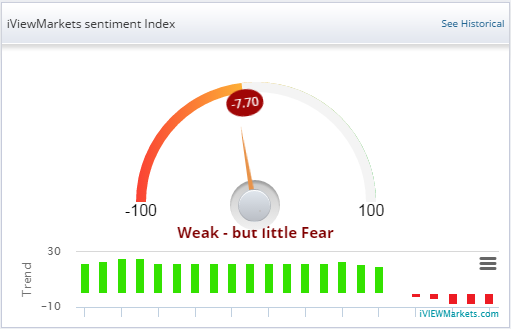First let me stress, most investors should not be trying to time the S&P 500 as a strategy. In my humble opinion, investors should remain in the market for as long as possible and try to be as passive as possible. The more trading = more losses, bottom-line. However, with that being said, whether you are managing a portfolio or actively trading, we must be aware of the Macro trend, in this case the S&P 500’s trend.
Why do I care about the MACRO Trend
Most large and mid cap securities that investors are allocated to are in the S&P 500. That means they are highly correlated to the S&P 500 and are at the whim of the indexes direction. It’s a rare occurrence for a security’s correlation to break down away from the index if the index corrects. Of course defensive stocks could potentially see this auto-correlation as investors seek safety.
Investors need a road map of the trend of the S&P 500 to allow for a process to better manage risk and security selection. You must ask yourself where is the S&P 500 in terms of trend strength in order to solve the answer: 1. Should you be allocating new capital 2. Should you be underweight equities 3. Should I be reducing equity exposure, or hedging if you are a portfolio manager.
iVIEWMarkets Sentiment Trend Score
The iVIEWMarkets Sentiment Trend score is a composite blend of a reactionary trend and counter trend model ideal for 90 to 300 day trends. It can provide a good visual road map for reducing equity exposure during the heightened expended periods above a .80 and potential for strong counter trend rallies below -50. Here is an example below of the history of the model going back to 1993.

